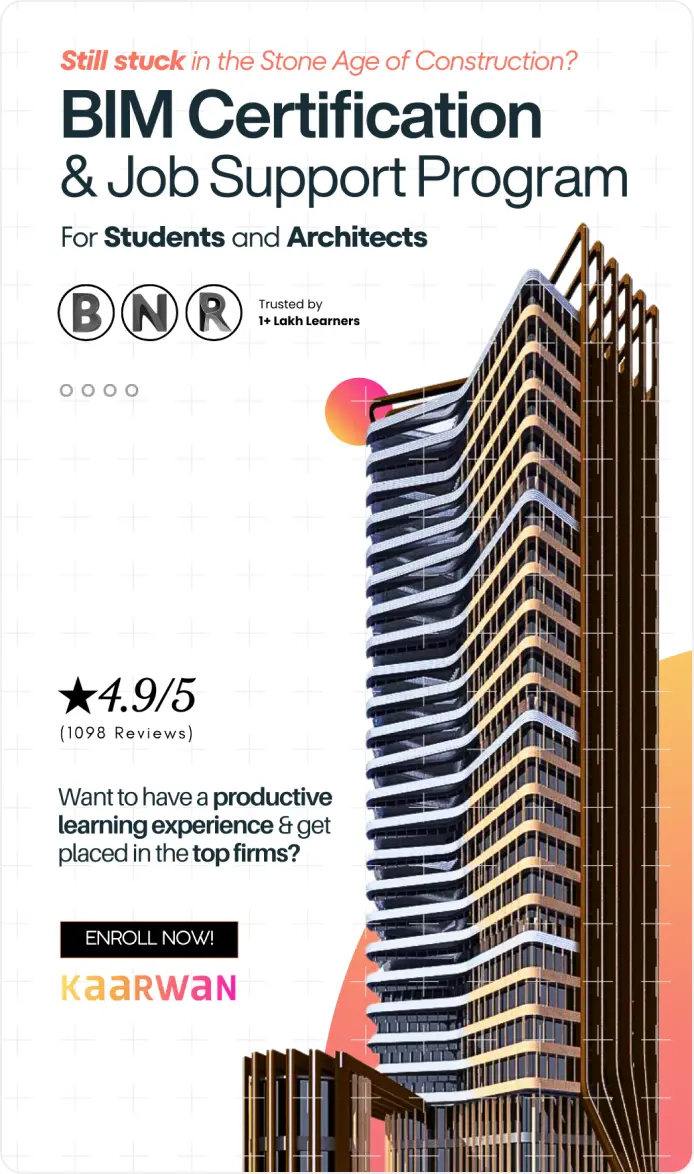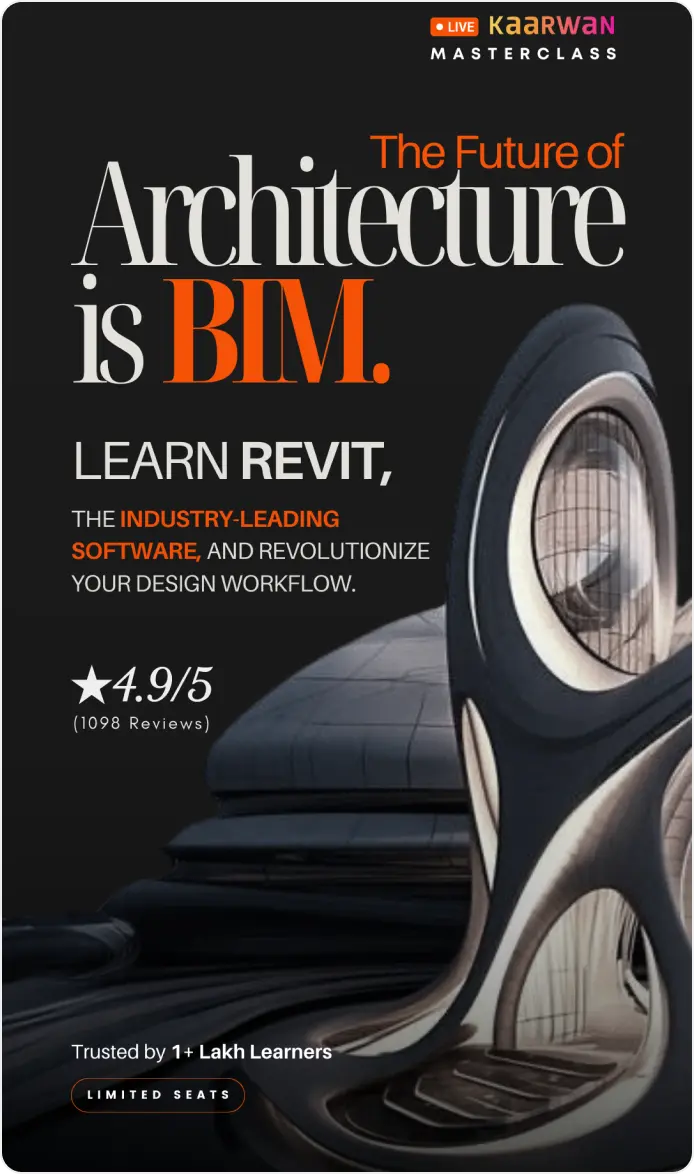Vastu Shastra, originating from ancient Indian texts, encompasses a comprehensive set of architectural and design principles aimed at harmonizing human habitation with the natural environment. It considers factors like directional alignments, spatial arrangements, and elemental balances to create living spaces that promote physical, mental, and spiritual well-being. Vastu's significance lies in its holistic approach to design, which seeks to create environments conducive to health, prosperity, and happiness.
Understanding the Challenges
One significant challenge faced by architects and designers is the limited awareness and understanding of Vastu principles among both professionals and clients. Despite its ancient origins, Vastu remains relatively obscure outside certain cultural contexts, leading to misconceptions and skepticism. Moreover, integrating Vastu principles into modern design practices often clashes with contemporary aesthetics and functional requirements, creating tension and resistance during the design process.
Incorporating Vastu in Modern Architecture
To overcome these challenges, architects must navigate a delicate balance between traditional Vastu principles and contemporary design sensibilities. This involves exploring innovative design solutions that reinterpret Vastu guidelines to suit modern lifestyles while maintaining their underlying principles. For example, architects may incorporate open floor plans, natural lighting strategies, and sustainable materials to achieve Vastu-compliant designs that meet the needs of today's occupants.
Navigating Cultural and Regional Variances
Cultural and regional variations in Vastu practices further complicate its integration into modern architecture. While the core principles of Vastu remain consistent, specific interpretations and applications vary across different regions and cultural contexts. Architects must be sensitive to these nuances and adapt their design approaches accordingly, ensuring that Vastu guidelines are culturally relevant and respectful of local traditions and customs.
Client Education and Communication
Effective communication with clients is paramount in addressing Vastu related concerns and preferences. Architects should take the time to educate their clients about the principles and benefits of Vastu, fostering an open dialogue and collaborative decision-making process. By demystifying Vastu and providing clear explanations of its relevance to their project, architects can build trust and confidence with their clients, leading to more successful design outcomes.
Collaborating with Other Professionals
Collaboration with Vastu consultants and experts can provide valuable insights and guidance in navigating complex Vastu requirements. By leveraging the expertise of these specialists, architects can ensure that their designs adhere to Vastu principles while optimizing functionality, aesthetics, and sustainability. Integrating Vastu expertise into multidisciplinary design teams promotes a holistic approach to design, fostering innovation and creativity in problem-solving.
Innovative Solutions to Vastu Challenges
In response to challenging Vastu requirements, architects can harness technology and creative problem-solving techniques to find innovative solutions. Advanced modeling software, parametric design tools, and Building Information Modeling (BIM) technologies enable architects to visualize and analyze complex design scenarios, facilitating the integration of Vastu principles into their projects. Additionally, sustainable building practices and eco-friendly materials offer opportunities to create Vastu-compliant designs that prioritize environmental stewardship and resource efficiency.
Addressing Skepticism and Criticism
Despite its long history and widespread adoption in certain cultural contexts, Vastu principles are not immune to skepticism and criticism. Architects must be prepared to address these concerns by providing evidence-based explanations of Vastu's efficacy and benefits. By showcasing successful implementations and highlighting the positive impacts of Vastu-inspired designs on occupants' well-being, architects can dispel misconceptions and build credibility around Vastu principles.
Overcoming Regulatory Hurdles
Regulatory restrictions and building codes may pose additional challenges for architects seeking to incorporate Vastu principles into their designs. In some cases, regulatory bodies may lack specific guidelines or provisions for Vastu-inspired designs, leading to uncertainty and ambiguity in the approval process. Architects can advocate for policy changes and engage with regulatory authorities to promote the recognition and acceptance of Vastu-friendly architecture, ensuring that regulatory frameworks support rather than hinder the implementation of Vastu principles.
Continuous Learning and Adaptation
As with any evolving field, staying updated on the latest developments in Vastu principles and practices is essential for architects. Continuing education, professional development opportunities, and participation in industry events allow architects to expand their knowledge and skills in Vastu-inspired design. Embracing flexibility and adaptability in design processes enables architects to respond effectively to changing client needs, emerging design trends, and evolving regulatory requirements, ensuring the continued relevance and applicability of Vastu principles in contemporary architecture.
The Future of Vastu in Architecture
Looking ahead, the future of Vastu-inspired design holds promise for continued innovation and exploration. As awareness and appreciation of Vastu principles grow globally, architects are likely to see increasing demand for Vastu-compliant designs across diverse cultural contexts. Emerging technologies, such as artificial intelligence and virtual reality, offer new tools and methodologies for integrating Vastu principles into architectural practice, opening up exciting possibilities for experimentation and creativity. By embracing a forward-thinking mindset and embracing interdisciplinary collaboration, architects can harness the timeless wisdom of Vastu principles to create environments that nurture health, happiness, and harmony in the 21st century and beyond.
In conclusion, while challenges may arise in implementing Vastu principles in architecture and design, they also present opportunities for innovation and growth. By understanding and addressing these challenges head-on, architects can unlock the full potential of Vastu-inspired design to create spaces that enrich the lives of their occupants.
Ready to take your Vastu design skills to the next level? Enroll in our Advance Vastu Design & Compliance Course today and become a master of harmonious architecture!

